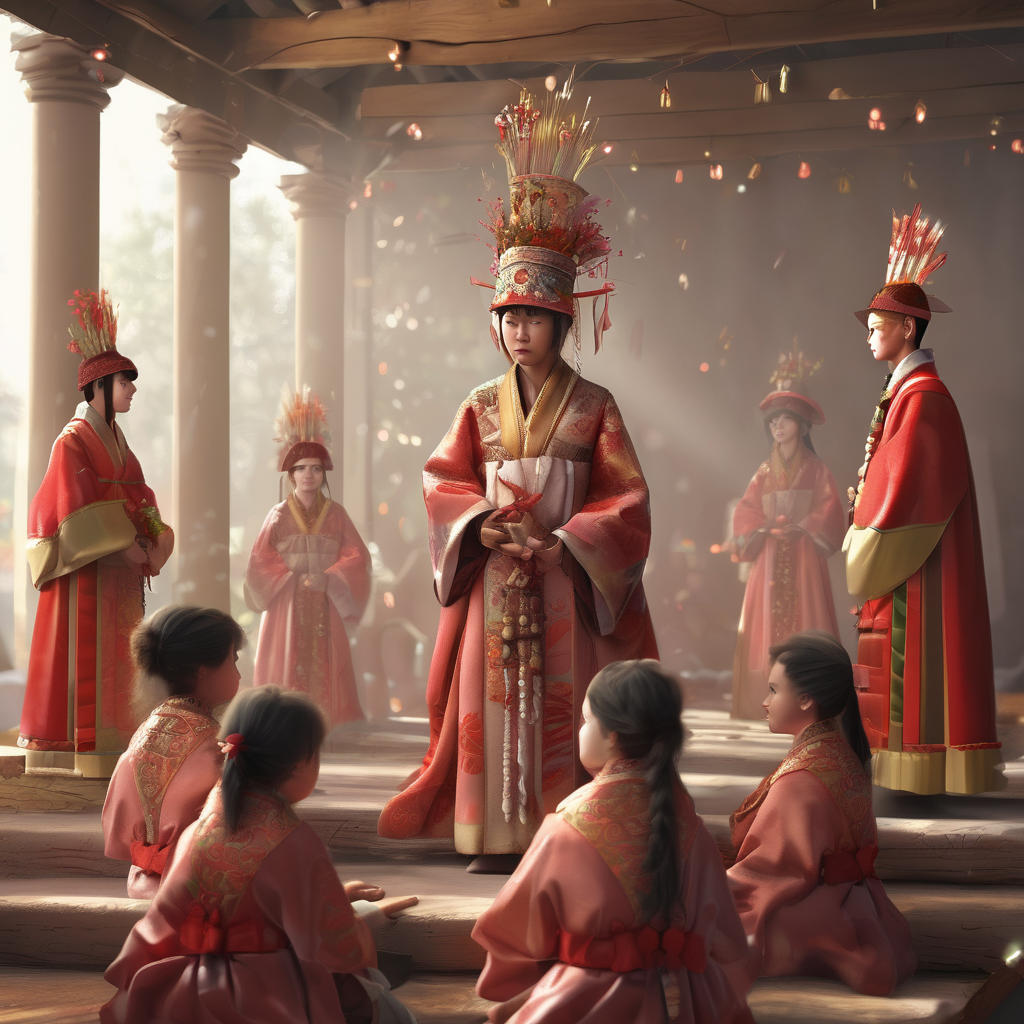Coming-of-age ceremonies, also known as rite of passage ceremonies, are significant cultural milestones that mark the transition from childhood to adulthood. These ceremonies vary greatly across different cultures, reflecting unique traditions, beliefs, and values. Here are some examples of how different cultures celebrate coming-of-age ceremonies:
In many Latin American countries, particularly in Mexico and Central America, the Quinceañera is a widely celebrated coming-of-age ceremony for girls. Typically held when a girl turns 15, it is a grand event that signifies her transition into womanhood. The celebration often involves a religious ceremony, a formal ball, a waltz dance with the father, and a party with family and friends.
In Jewish tradition, the Bar Mitzvah (for boys) and Bat Mitzvah (for girls) are coming-of-age ceremonies that occur at age 13. These ceremonies mark the time when young individuals are considered responsible for their moral and religious obligations according to Jewish law. The Bar/Bat Mitzvah often involves reading from the Torah, delivering a speech, and being celebrated with family and community.
In Japan, Seijin no Hi, also known as Coming-of-Age Day, is a national holiday that celebrates young people who have reached the age of 20, which is considered the age of adulthood in Japan. On this day, individuals dress in traditional clothing (kimono) and participate in ceremonies and events organized by local governments to congratulate and welcome them into adulthood.
Many Native American tribes have their own unique coming-of-age ceremonies. For example, among the Apache people, the Sunrise Ceremony is a significant rite of passage for girls entering womanhood. It involves a four-day ceremony, during which girls go through purification rituals, receive teachings from elder women, and demonstrate their readiness for adulthood.
The Vision Quest is a coming-of-age ceremony practiced by several Native American tribes; such as the Lakota, Cheyenne, and Ojibwe. During this ceremony, young individuals go into the wilderness alone for a period of time, seeking a vision or spiritual experience that helps guide their path and purpose in life. The Vision Quest is often seen as a transformative experience, marking the transition from adolescence to adulthood.
In some indigenous tribes of the Amazon rainforest, such as the Satere-Mawe people of Brazil, young boys undergo a challenging initiation ritual involving bullet ants. The boys have to wear gloves filled with bullet ants and endure intense pain as part of the initiation process. This ceremony is believed to demonstrate their strength and endurance, preparing them for adulthood.
These examples highlight the diversity of coming-of-age ceremonies across different cultures. Each ceremony reflects the values, customs, and beliefs of the community and often involves rituals, teachings, and celebrations to mark the transition from childhood to adulthood. These ceremonies play a significant role in shaping cultural identity, transmitting cultural values, and affirming the individual’s place within their community.






Leave a Reply